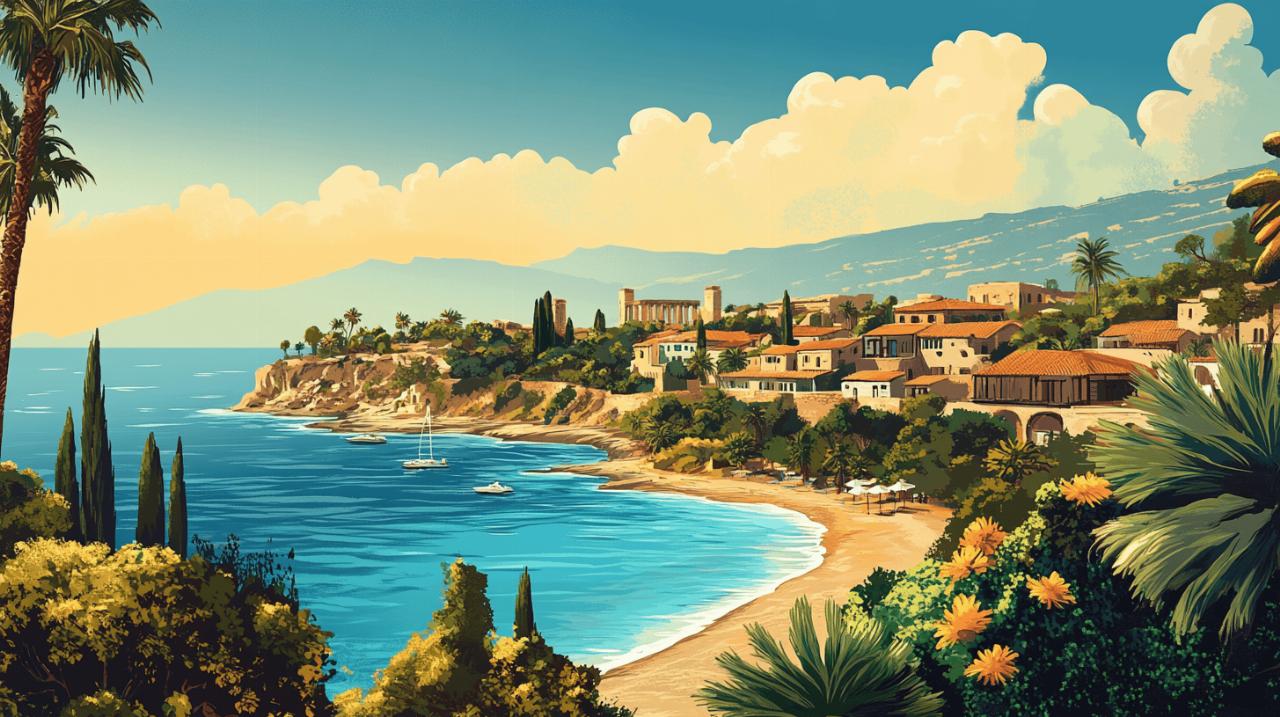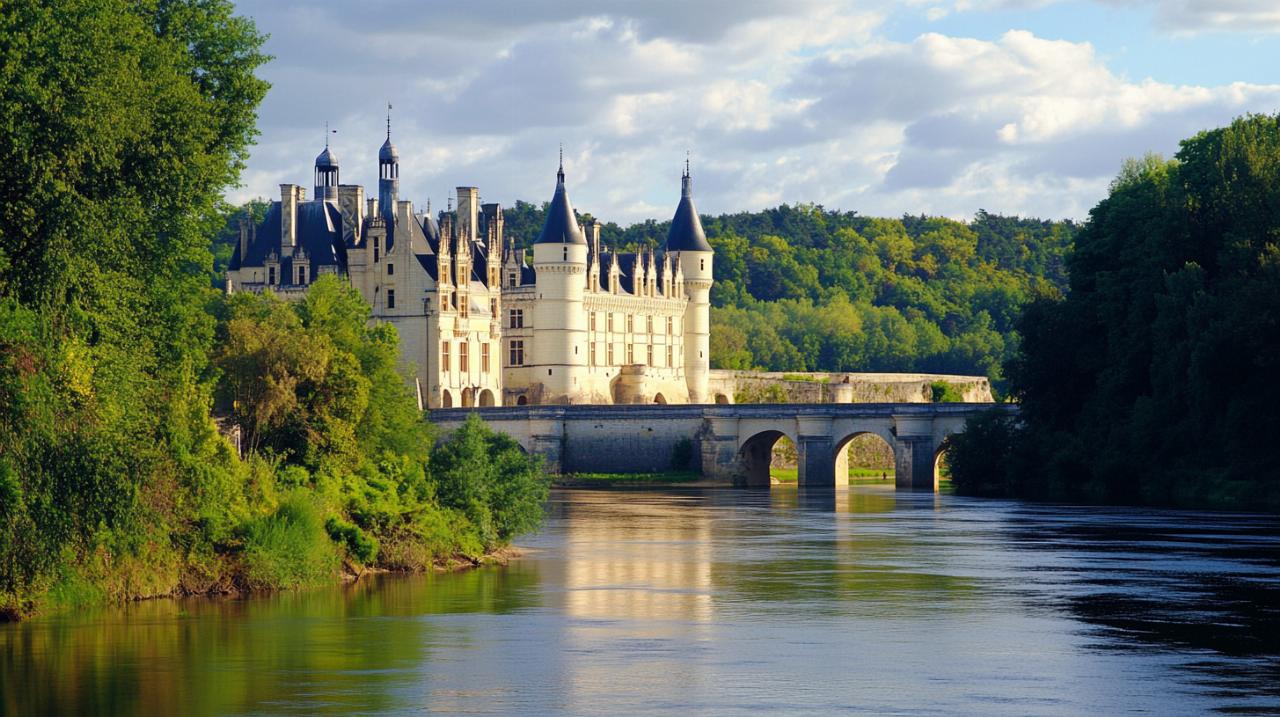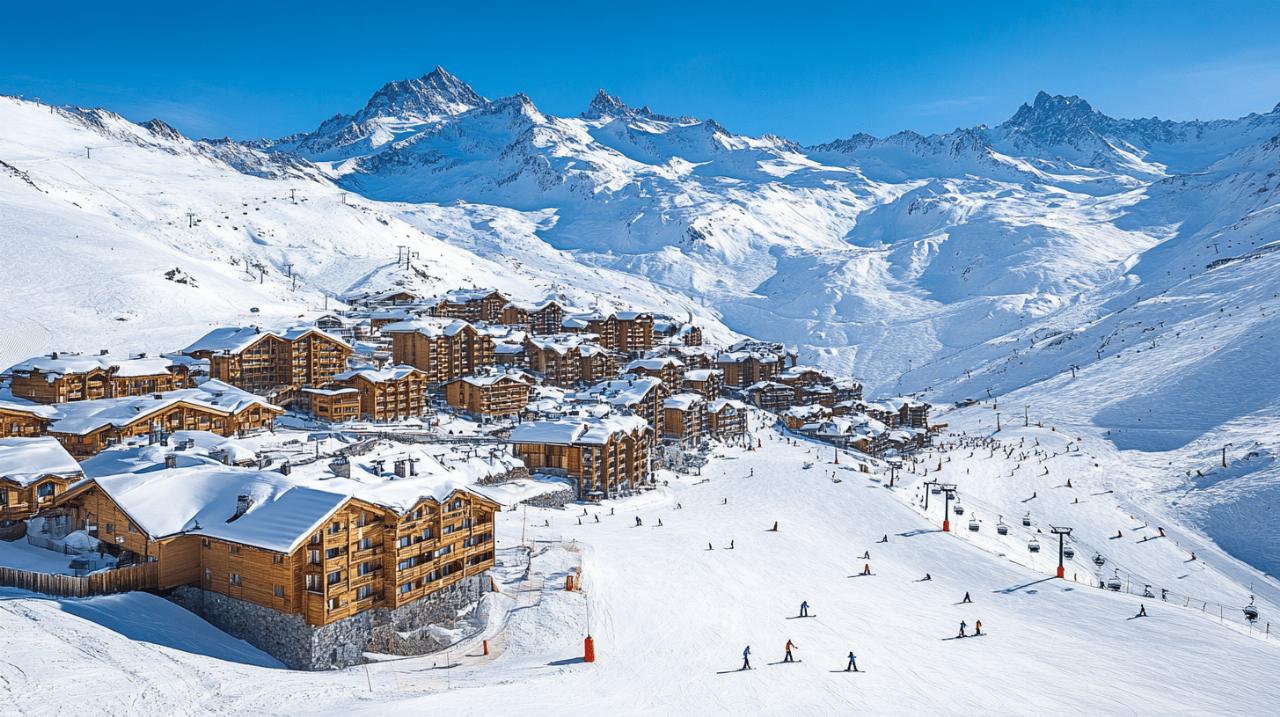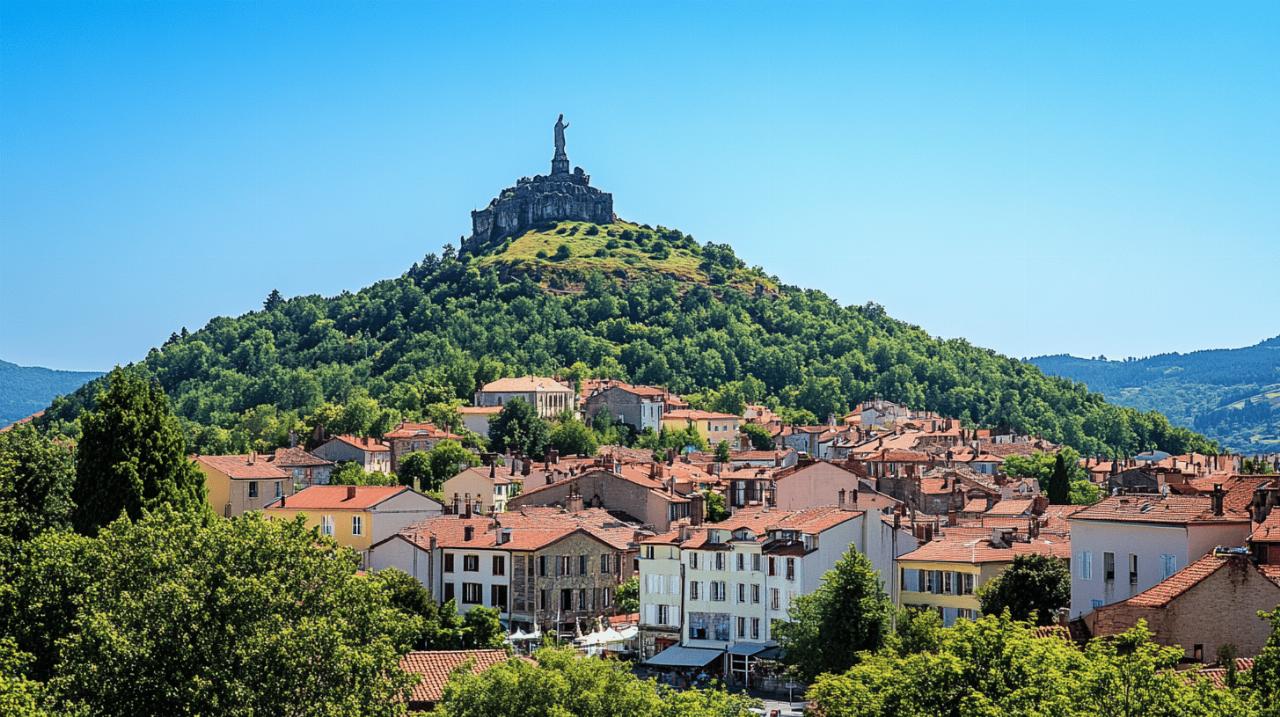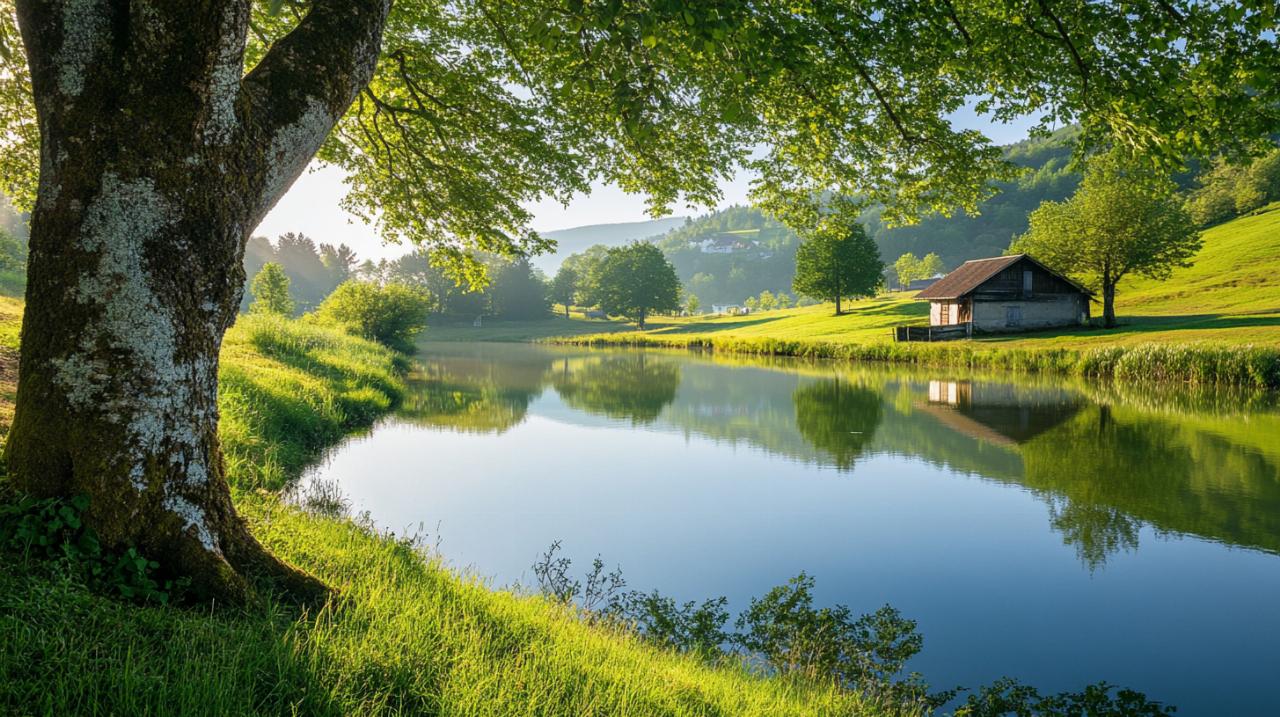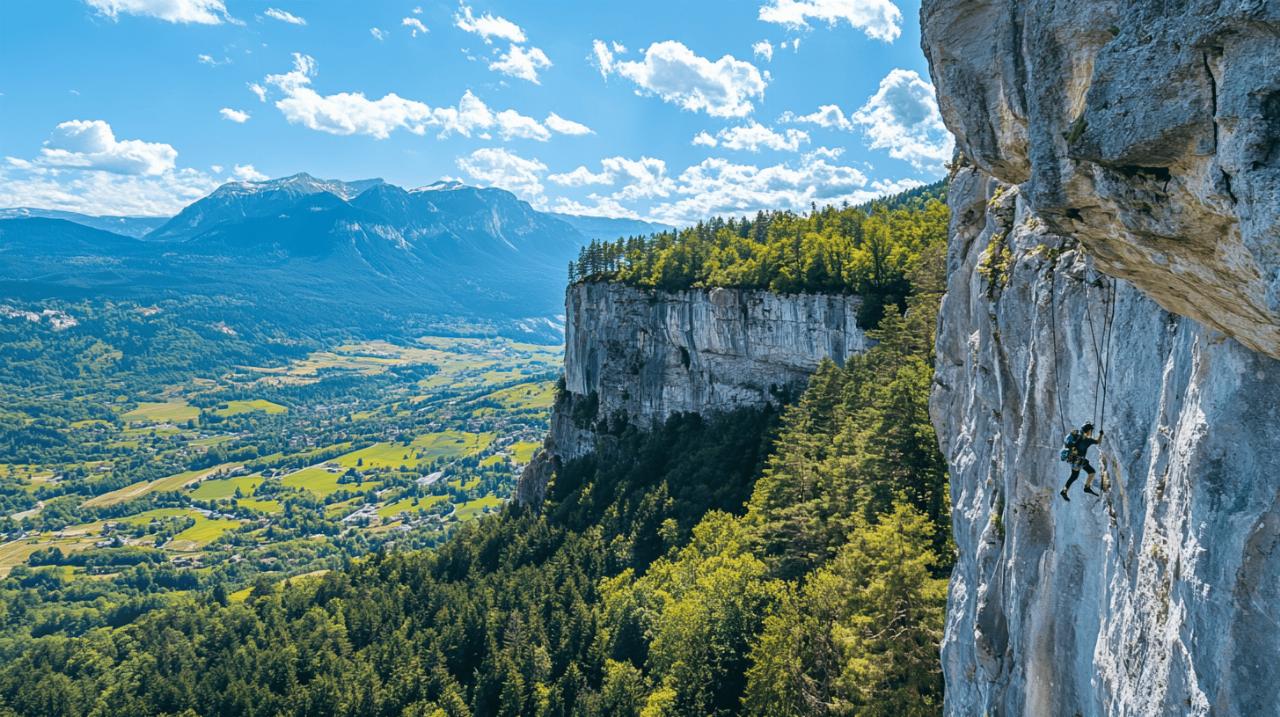When the snow melts away from the majestic peaks of the French Alps, Val Thorens – Europe's highest ski resort at 2,300m – transforms into a spectacular summer paradise that remains largely undiscovered by the masses. While winter sports enthusiasts flock to this crown jewel of Les 3 Vallées during the colder months for its 600km of pristine ski runs and snow-sure conditions, the warmer season reveals an entirely different but equally enchanting character of this Alpine wonderland.
Summer transformation of val thorens
As the winter crowds disperse and the snow recedes, Val Thorens undergoes a remarkable metamorphosis. The vast white landscape that once hosted skiers carving down perfectly groomed pistes gives way to a vibrant tapestry of Alpine flora. The high altitude that guarantees excellent snow cover during ski season now provides visitors with refreshingly cool temperatures even during the hottest summer months, making it an ideal retreat from sweltering city heat.
Lush alpine meadows and hiking trails
The same slopes that challenge winter sports enthusiasts with red and black runs become adorned with wildflowers and herbs during summer. Hiking enthusiasts can explore an extensive network of marked trails that wind through these meadows, offering breathtaking vistas across the entire Les 3 Vallées region. From gentle family-friendly strolls to challenging full-day treks, the mountains provide routes suitable for all abilities, much like the ski area does in winter. The absence of snow reveals the true geological splendour of the region, with dramatic rock formations and crystal-clear mountain lakes that remain hidden during the ski season.
Outdoor Activities in the Vanoise National Park
The proximity to the Vanoise National Park, France's first national park established in 1963, provides Val Thorens summer visitors with unparalleled opportunities to experience Alpine wildlife and pristine nature. The park serves as a sanctuary for numerous protected species including ibex, chamois, marmots, and various birds of prey that can be spotted during guided wildlife excursions. Rangers offer educational walks that focus on the delicate Alpine ecosystem, explaining how this fragile environment adapts to the extreme conditions found at high altitudes. The contrast between the busy ski area with its modern lifts and snowmaking facilities during winter and this untouched natural paradise during summer could hardly be more striking.
Adventure sports and recreation
Adventure seekers will find that Val Thorens maintains its reputation as an adrenaline-fuelled destination even without snow. The infrastructure that serves winter visitors has been cleverly repurposed to offer summer thrills, with many of the ski lifts remaining operational to transport mountain bikers and hikers to elevated starting points. This accessibility makes Val Thorens particularly appealing for those seeking adventure without the exhausting climb typically associated with mountain activities.
Mountain biking and cycling routes
The extensive network of ski runs transforms into one of Europe's most exciting mountain biking destinations during summer. From technical downhill trails that follow the black pistes to more leisurely cross-country routes across former blue runs, cyclists of all abilities can find suitable terrain. The resort has invested substantially in dedicated mountain biking infrastructure, with specially designed trails, bike parks, and skills areas. Road cycling enthusiasts can tackle the same legendary mountain passes that feature in the Tour de France, including the challenging climb to Val Thorens itself, which has featured as a stage finish in this prestigious race. The high altitude adds an extra dimension of difficulty that attracts serious cyclists looking to test their endurance against the thin mountain air.
Summer tobogganing and adrenaline activities
The innovative spirit that keeps Val Thorens at the forefront of winter sports destinations extends to summer activities as well. The resort operates a thrilling summer version of its popular winter tobogganing experience, with a purpose-built track that winds down the mountainside. This gravity-powered ride provides excitement for visitors of all ages, offering the same rush as winter sledging but with spectacular Alpine views instead of snow-covered landscapes. Other adrenaline activities include zip lines that soar across valleys, climbing walls constructed on former ski lift pylons, and paragliding opportunities that allow visitors to experience the Three Valleys from a truly unique perspective.
Cultural experiences and local cuisine
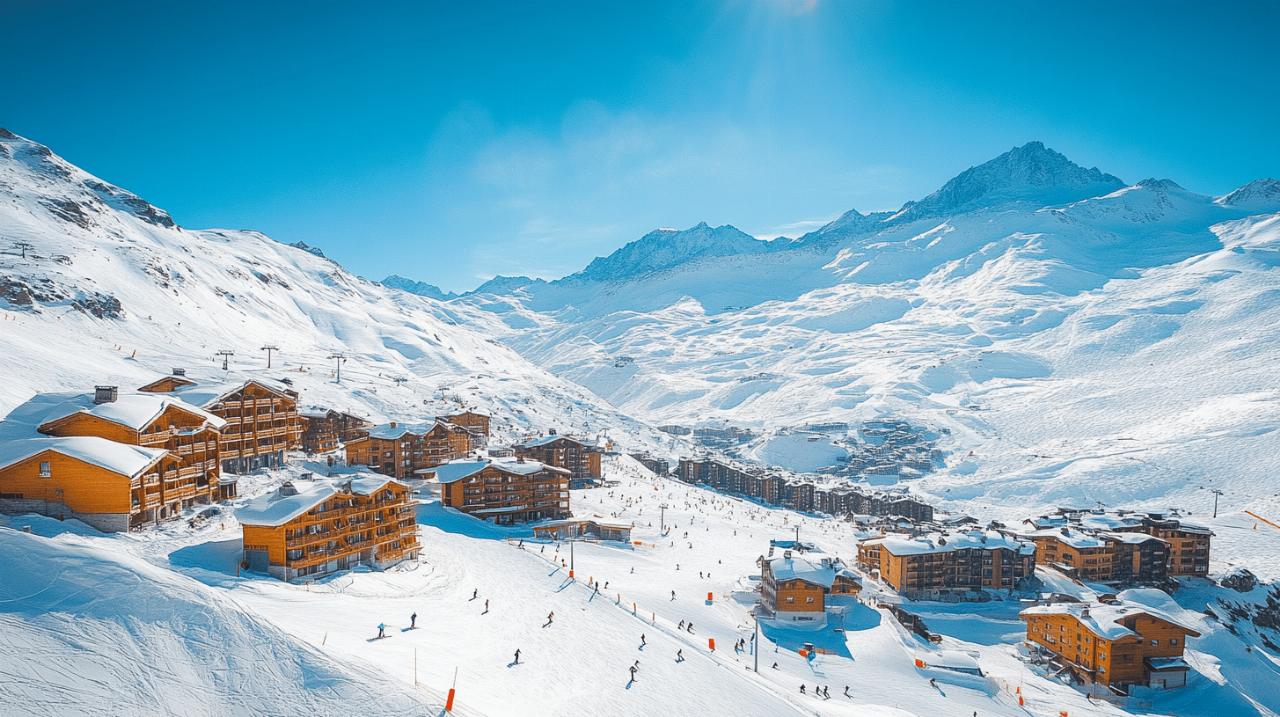 Beyond outdoor pursuits, summer in Val Thorens offers rich cultural experiences that provide insight into the traditional Savoyard way of life. With fewer tourists than during the peak winter season, summer visitors can enjoy a more authentic connection with local traditions and communities that maintain centuries-old Alpine customs.
Beyond outdoor pursuits, summer in Val Thorens offers rich cultural experiences that provide insight into the traditional Savoyard way of life. With fewer tourists than during the peak winter season, summer visitors can enjoy a more authentic connection with local traditions and communities that maintain centuries-old Alpine customs.
Festivals and Events in the Three Valleys
The summer calendar across the Three Valleys region brims with festivals celebrating local heritage, music, and gastronomy. Val Thorens and neighbouring resorts host events ranging from traditional folk celebrations to contemporary music festivals that attract international artists. These gatherings transform the ski-in ski-out villages into vibrant cultural hubs where visitors can mingle with locals and experience the festive spirit of the mountains. Mountain guides lead historical tours explaining how these communities evolved from simple farming villages to world-renowned ski resorts, offering fascinating insights into the development of winter tourism in the Alps.
Savoyard gastronomy and regional specialities
Summer presents the perfect opportunity to discover authentic Savoyard cuisine beyond the fondue and raclette typically associated with winter dining. Local restaurants showcase seasonal produce from Alpine meadows and nearby valleys, with menus featuring wild mushrooms, mountain herbs, and freshwater fish. The famous Beaufort cheese, produced from the milk of cows grazing on high Alpine pastures during summer, reaches its peak flavour during this season. Visitors can tour local dairies to witness traditional cheese-making techniques that have remained largely unchanged for generations. Several of the Michelin-starred establishments found in Saint-Martin-de-Belleville and Courchevel remain open during summer months, offering refined interpretations of regional specialities for discerning food enthusiasts.
Practical summer travel guide
Planning a summer visit to Val Thorens requires different considerations than winter trips, with significant advantages for the budget-conscious traveller seeking Alpine experiences without the premium prices associated with ski season.
Accommodation options and seasonal rates
One of the most appealing aspects of visiting Val Thorens during summer is the remarkable value compared to winter rates. The same self-catering flats and hotels that command premium prices during ski season offer substantial discounts, with many luxury properties available at surprisingly affordable rates. While not all accommodations remain open throughout summer, those that do often provide enhanced services and amenities to compensate for the reduced facilities in the resort. Many properties use the quieter period to showcase their versatility, with spas, swimming pools, and terraces that come into their own during warmer weather. The reduced occupancy means visitors can experience the spaciousness of the resort without the crowds typically encountered during peak skiing periods.
Getting around the three valleys without winter snow
Transportation throughout the Three Valleys region adapts to summer conditions, with many of the modern ski lifts continuing operation to serve hikers and mountain bikers. A comprehensive network of bus services connects Val Thorens with neighbouring resorts including Méribel, Les Menuires, and Courchevel, allowing visitors to explore the entire area without private transport. The absence of snow makes reaching the more remote villages considerably easier, opening up exploration opportunities that would be challenging during winter. Dedicated cycling lanes on major routes and storage facilities for bikes on public transport reflect the region's commitment to summer mobility options. The journey to Val Thorens itself becomes more accessible in summer, with the mountain roads that can prove treacherous in winter conditions offering spectacular scenic drives with numerous viewpoints along the route.
Discovering Val Thorens beyond its renowned winter identity reveals a versatile destination that excels in offering year-round Alpine experiences. The remarkable transformation from snow-covered ski paradise to verdant mountain playground demonstrates why the Three Valleys deserves recognition not just as the world's largest ski area, but as one of Europe's premier summer mountain destinations. For travellers seeking to experience the majesty of the French Alps without the winter crowds and costs, summer in Val Thorens offers an unbeatable combination of natural beauty, adventure, culture, and value.

